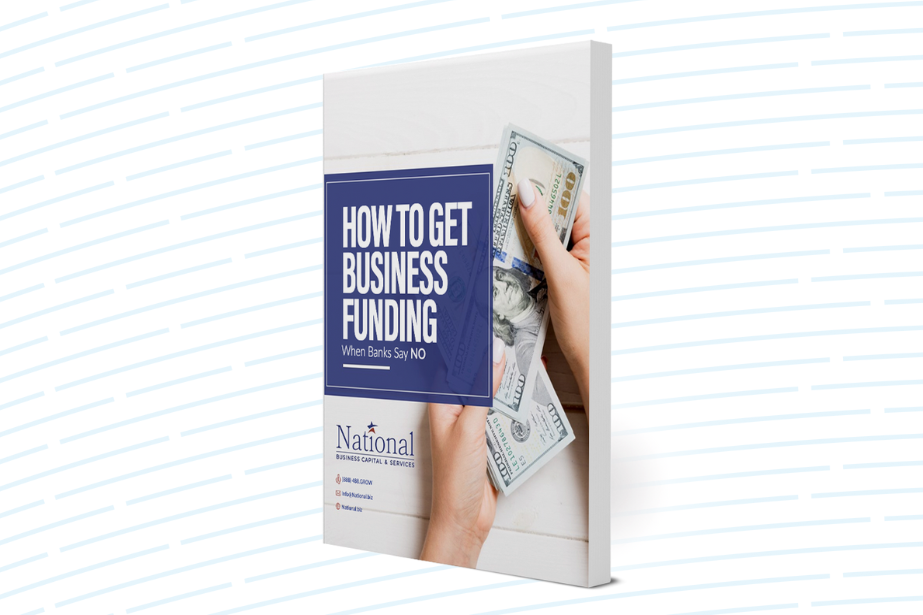It’s unfortunate, but half the battle to finding a small business loan that works for your company is down to simply understanding the nature of the loan you’re applying for.
That’s because while certain borrowing options appear similar on the surface –– loans and cash advances for instance –– they actually function quite differently. As such, figuring out what terms like APR and factor rate mean to your bottom line is essential.
The good news is, NBC’s team of Business Financing Advisors are here to clear up the confusion.

Factor Rate vs. APR:
3 Defining Differences
- How They’re Represented. APR – or Annual Percentage Rate – is represented as a percentage that determines the annual rate of interest a business owner is charged for borrowed capital. The calculation is typically close to the desirably-low prime rate.Factor rates, on the other hand, is most commonly represented as a decimal number. This decimal determines the total amount of capital that business owners are obligated to pay back on capital borrowed.
- Cash Advances and Factor Rates. Factor rates are typically associated with cash advances. Cash advances differ from small business loans in regard to how lenders collect debt. Rather than charging an interest rate, lenders will often apply a factor rate instead. Note that factor rates are expressed as decimals ranging from 1.1 to 1.5. However, you can still think of a factor rate in similar terms to interest. That’s because if you multiply your factor rate by the amount of capital you borrowed, you can arrive at the sum you’ll need to pay back your lender.So if you borrow 10,000 with a 1.3 factor rate, you’ll owe 13,000 by the end of the payment period.
- Business Loans and APR. Loans operate differently from cash advances in that you don’t continue to pay interest on the principal (or original) borrowed sum as the loan progresses.Rather, you’ll pay decreasing amounts as you pay back the loan. And you can choose to pay back interest ahead of time if you so choose with a small business loan. APR enters the equation in regard to all of the miscellaneous, unforeseen, tangential costs of a loan.In layman’s terms, the APR is the rate you’ll actually have to pay on a loan at the end of the day. So if your given rate is five percent, your APR might be 5.5 – 5.8%, depending on other cost factors.
To Put it Simply
APR is a metric you should certainly pay attention to when applying for a small business loan –– because it’ll tell you the exact amount of cash you owe on a given sum. In the same breath, you also shouldn’t think of a factor rate exactly how you consider a loan.
While similar, they are distinct, and you’ll need to take that into account before you apply for a cash advance. The good news is, you can work to lower the factor rate next time you apply by building a healthy credit score and establishing a thriving business.
Talk to the Pros About Factor Rate and APR
If you’re still unsure which route is best for your small business to take to secure necessary funding then relax.
You can contact us at (877) 482-3008, or apply online by filling out our 1-minute application.
Learn More Information About
Business Financing Interest Rates
